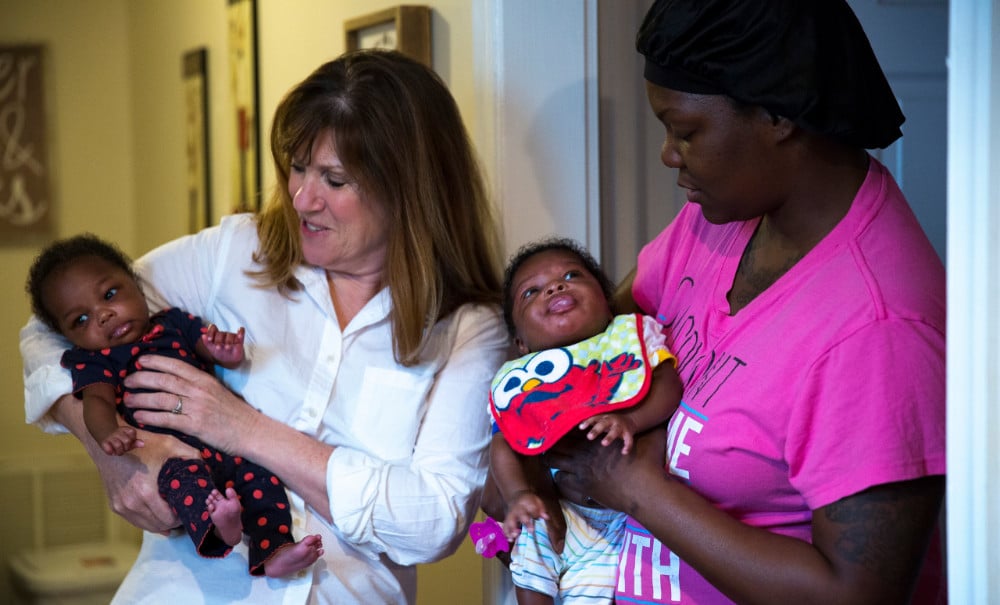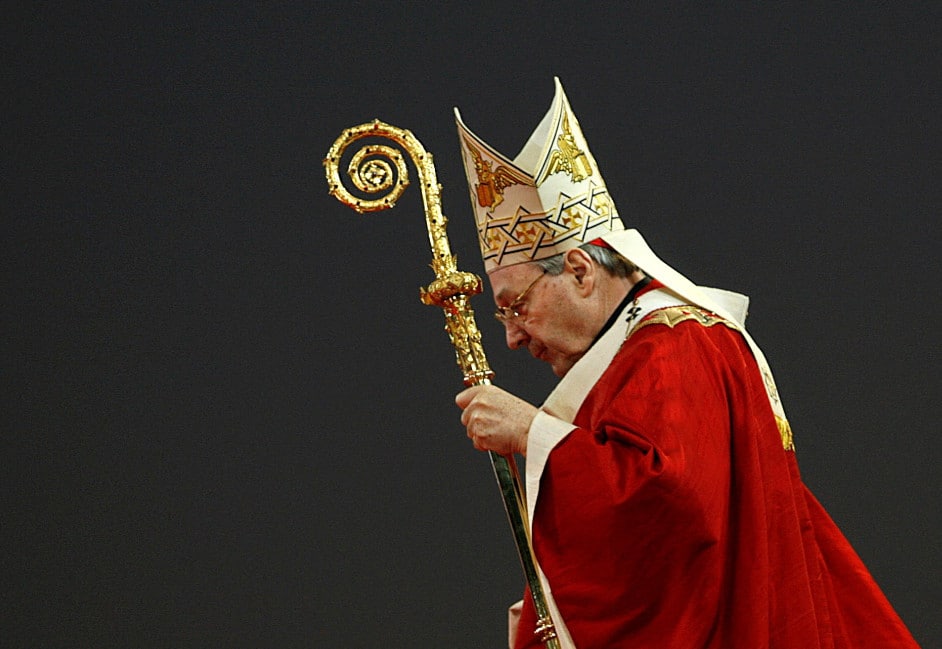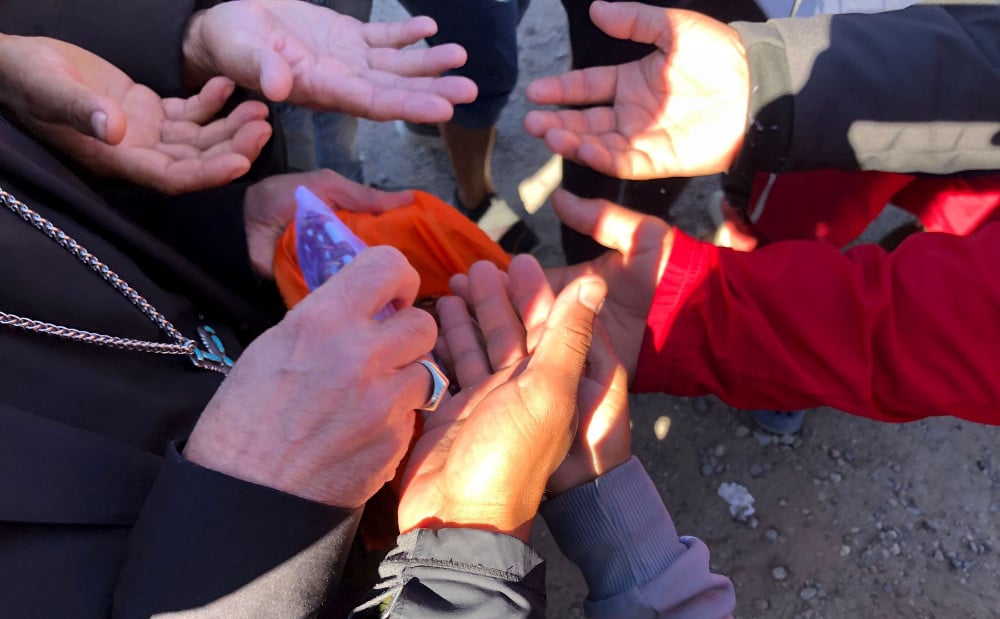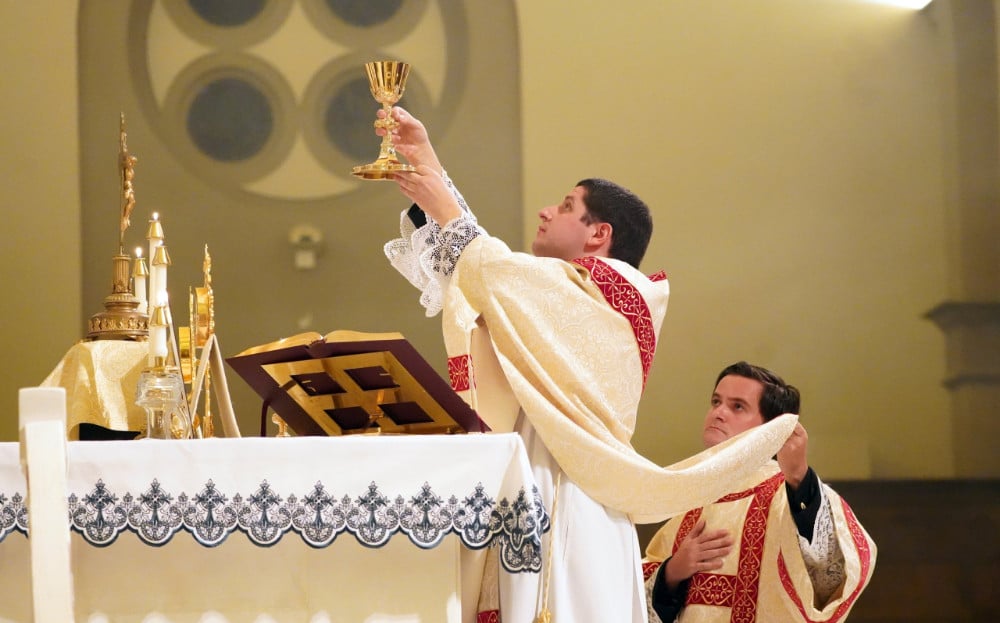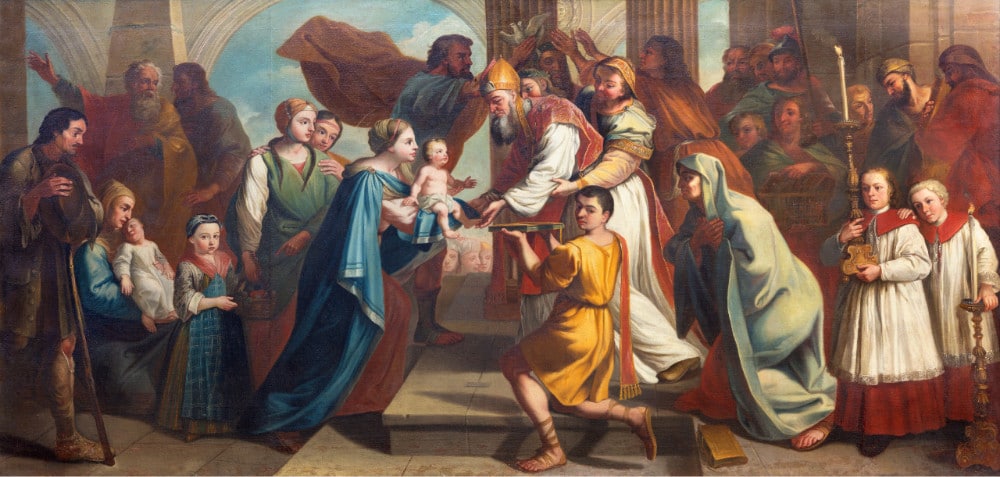Since the 2022 Supreme Court decision Dobbs v. Jackson overturned the 1973 legalization of abortion in Roe v. Wade, over 100 crisis pregnancy centers, pro-life organizations and churches have been attacked. Those 100 attacks are all the more tragic because America’s crisis pregnancy centers have provided millions of people with essential services, including medical care, education and other resources. In 2019 alone, the nearly 3,000 crisis pregnancy centers in America provided services to 2 million Americans valued over $266 million. Since 2016, those centers have saved the lives of over 800,000 children, and touched millions more.
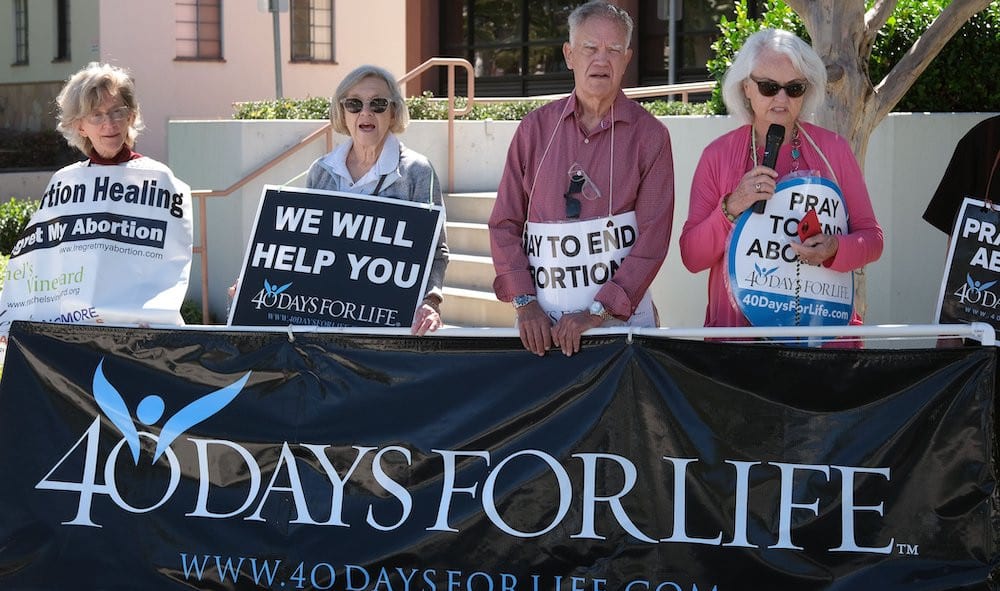
The internationally coordinated campaign to fast and pray for the end of abortion, 40 Days for Life, boasts over 1 million volunteers who have supported 9,207 local campaigns. Their prayer and witness has contributed to 22,829 lives saved and the shuttering of 132 abortion facilities.
Today, 13 states have total bans on abortion, and another five states have banned abortion after a certain gestational age, according to The New York Times. One hundred days after the Supreme Court decided Dobbs v. Jackson, 66 facilities across 15 states stopped performing abortions.
And so much will be made of the March for Life. Last year, according to Students for Life of America, over 150,000 people attended the march. The temptation for pro-life organizations, news media, and especially those who oppose the pro-life movement will be to determine by the mere attendance statistics alone the health of the pro-life movement post-Dobbs. However, whether the 2023 attendance exceeds or falls far behind the 2022 attendance, is that where the best pro-life math is to be found?
While the national March for Life offers an indispensable means to advance national efforts to protect the unborn, the most striking pro-life numbers are not those that turn out for the demonstration (snow or shine). For accurate pro-life numbers, we must turn to local communities. In towns and cities across the country, local churches and neighborhood organizations are teaming up to serve the women in need next door.
How many service hours have been donated by volunteers to the pro-life cause? How many hours of babysitting and tutoring and consultation are shared in pro-life resource centers? And how many more such centers can and should be opened to support women and children in need?
Even in the wake of Dobbs, many of these local centers continue to receive only modest support from fundraising initiatives and local public policy makers. This Editorial Board previously wrote: “For far too long, local women’s care centers have been forced to do this important work on shoestring budgets made possible largely by proceeds from silent auctions, charity golf outings and the like. And yet they still save countless lives. Imagine their reach if these centers were supported by lawmakers from both sides of the aisle.” What if the numbers on the balance sheets of these centers could be broadly and substantially increased?
Furthermore, the real pro-life numbers are the majority of Americans (71% according to the 2022 Knights of Columbus/Marist Poll) who support legal limits on abortion and the 84% who believe that our laws can protect both mothers and their unborn children alike. These are the women and men in our communities. They are our neighbors, our coworkers, and members of our parishes. The pro-life movement is not dwindling or alienated or extreme.
Finally, numbers that cannot be overlooked by the pro-life movement are the numbers of those who join the pro-life cause everyday. And for those numbers every pro-lifer has a responsibility. Are you informed? Do you know the facts about pro-life issues in your town? In your state? Are you prepared for a conversation not only to defend your own mind or views, but to convince someone who is not pro-life to join the cause?
The health of the pro-life movement cannot be assessed by attendance at the March for Life alone. The movement is so much bigger. Hearts are being changed. Lives are being saved. So much more is happening than we might think at first glance. This year and beyond, dig deeper, looking at the real numbers.
Our Sunday Visitor Editorial Board: Father Patrick Briscoe, Gretchen R. Crowe, Scott P. Richert, Scott Warden, York Young

